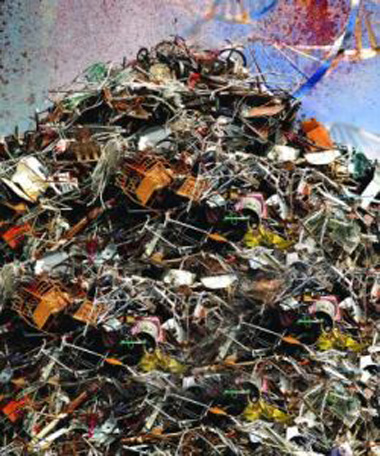The body can therefore be seen as a site on which criminality, poverty, disability/illness and undesirability (as well as the punishment which historically ensued) conflate in a process of fixing. Concerns and narratives of (moral) decay and deterioration emerge that attempt to fix some bodies as unclean or ‘trashy’ in their deviance from a norm. And these must of course hinge upon the value of that norm – which is often related to productivity (genetically in terms of producing children; or financially in terms of producing money). There is, for example, a long history of the class-marked body, repeatedly configured as ‘trash’ spectacle through the projection of negative moral values attached to a lack of productivity: benefit ‘scrounging’, filthy, wasteful, ‘un-working classes’ or ‘undeserving poor’.
What is noticeable about such narratives is how strikingly comparable they are to those which surround sexuality, disability and illness. Homosexuality has been consistently marked as a threat to the ‘natural order’ of the family, as biological or evolutionary aberration, as degeneracy, perversion, weakness or disease. Although a wave of law reforms from the mid 1960s to the 1980s widely decriminalised homosexuality, the wake of the North American HIV/AIDS epidemic saw homosexuality shift into varying moral formations and redefined as a ‘diseased’ subjectivity. As late as 1981, US Centers for Disease Control and Prevention referred to the disease as GRIDS (Gay Related Immune Deficiency Syndrome) – a term which, according to cultural theorist John Nguyet Erni, served as a projection for “fantasies of morbidity/containment”, as well as fixing the perceived threat posed to ‘normal’ (heterosexual) biological reproduction.
Read More | “Junk Theory: DNA, Disability and Reparative Readings” | Anna Ricciardi | ?The Journal of Wild Culture
